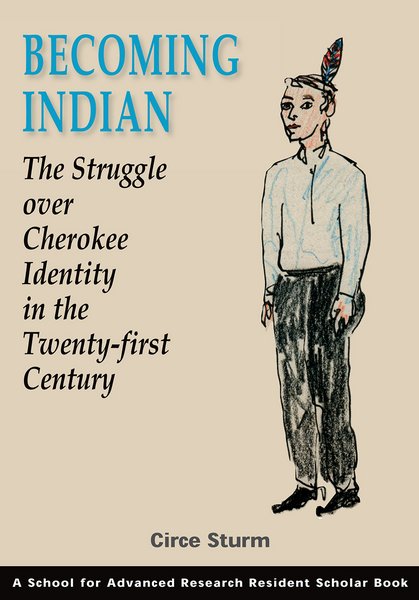California’s Hispanic Heritage: A View Into the Spanish MythPosted in Articles, History, Media Archive, United States on 2011-09-22 03:17Z by Steven |
California’s Hispanic Heritage: A View Into the Spanish Myth
The Journal of San Diego History
San Diego Historical Society Quarterly
Volume 19, Number 1 (Winter 1973)
Manuel Patricio Servin, Professor of Southwestern and Mexican-American History
Arizona State University, Tempe
No aspect of Borderlands’ history has been more distorted than that of the Spanish colonization of the Southwest. Despite the writings of eminent historians on the racially mixed background of the Spanish-speaking pioneers, the myth that the early settlers, and consequently the old families, were preponderantly of Spanish stock persists in many quarters.
Members of old families, whose mixed-blood ancestors early adopted the Spanish ideals of success, proudly extol their Spanish lineage and background. Viewing history through special lenses, the descendants of early settlers, as well as their Anglo-American friends and relatives, seem to focus only on the Spanish conquistadores, explorers, and settlers of the Borderlands. Overlooking their unbleached mestizo, mulatto, and Indian ancestors, these anointed Spanish-speaking pioneers see themselves as the descendants of intrepid Castilian gentlemen.
This act of self-deception appears to afflict almost the entire Borderlands’ area. New Mexico, perhaps because of its long history and galaxy of noble-like conquistadores, more than any other area suffers from this Spanish fever. The names of Don Francisco Vásquez de Coronado, Don Antonio de Espejo, and Don Juan de Oñate dominate the history of the state. Consequently, New Mexico is generally considered Spanish and its Spanish-speaking inhabitants are consequently Hispanos—not Mexicans of mixed Spanish, Indian, and African stock. Texas, with its so-called Spanish founders of San Antonio, also suffers from a similar affliction. The Spanish-speaking rico, the person of status, is consequently the descendant of either the notoriously indolent Canary Islander or of an alleged Spaniard or criollo. California, where earlier American historians over glorified the Spanish period of the province as well as the names of Junípero Serra and Gaspar de Portolá, relishes in its Spanish origins and traditions. Its distinguished families, suffering from an acute case of color blindness, call themselves californios, descendants of supposed Spaniards.
The recognition of the role that colonial Mexicans—that is, the role that the persons of mixed-blood—played in settling the Borderlands and especially California does not reject the essential part that Spaniards performed in the exploration, colonization, and missionization of the Southwest. Spanish peninsulares overwhelmingly were the adelantados, the officials, and the priests who explored, governed, and served settlers. But to claim that the settlers were preponderantly Spaniards—as the Californios assert—must be rejected as historically untenable. These settlers, as the study of California’s settlement shows, were not Spanish, but overwhelmingly mixed-bloods from Indian, Spanish, and also Negro stock…
Read the entire article here.

